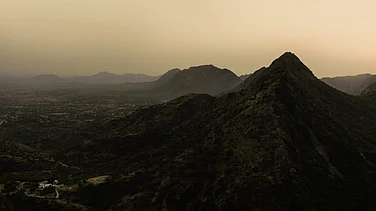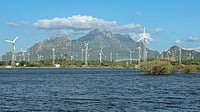The Union Ministry of Steel and Heavy Industries recently launched the world's first taxonomy of green steel, setting a critical benchmark in the decarbonisation of the steel sector. Union Minister of Steel and Heavy Industries H D Kumaraswamy launched the initiative during an event at Vigyan Bhavan in New Delhi.
The green steel taxonomy defines the concept of "green steel" by specifying its emission intensity, setting a threshold of 2.2 tonnes of CO2 per tonne of finished steel. Steel with an emission intensity higher than the specified threshold will not be eligible for a green rating.
The star rating system for green steel will be reviewed every three years to ensure alignment with evolving sustainability goals.
Emissions are categorized based on different sources, with Scope 1 referring to emission from direct operations, Scope 2 from indirect energy use, and Scope 3 from limited other sources such as raw material processing. Upstream mining, downstream emissions and transportation emissions (inside and outside the steel plant) have not been included however.
The National Institute of Secondary Steel Technology (NISST) will serve as the nodal agency for measurement, reporting and verification of green steel emissions. NISST will also be responsible for issuing green certificates and star ratings to steel plants.
The newly-launched initiative is in line with India's larger mission of achieving net-zero emissions by 2070. Currently, there is no universally accepted definition of green steel.


























